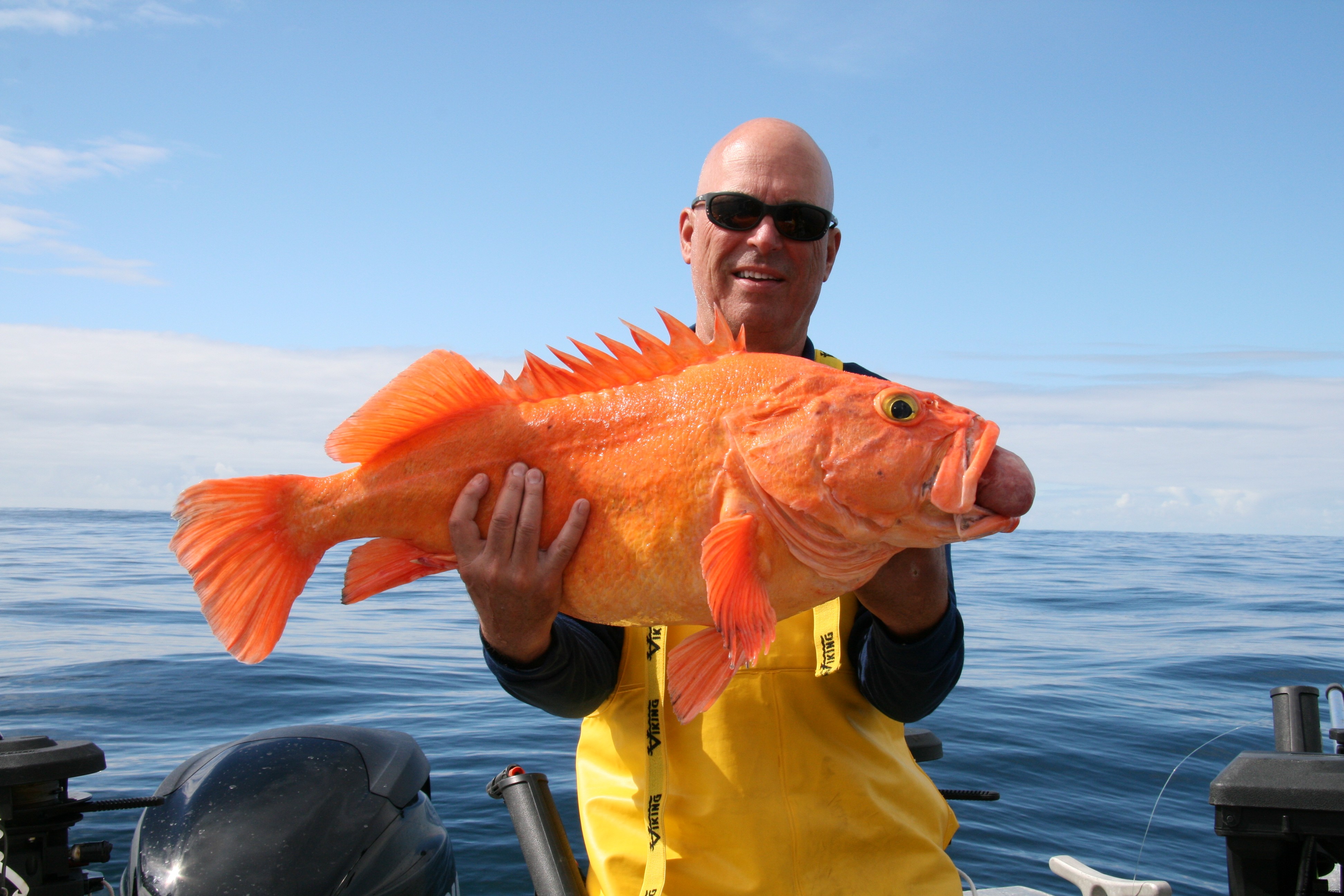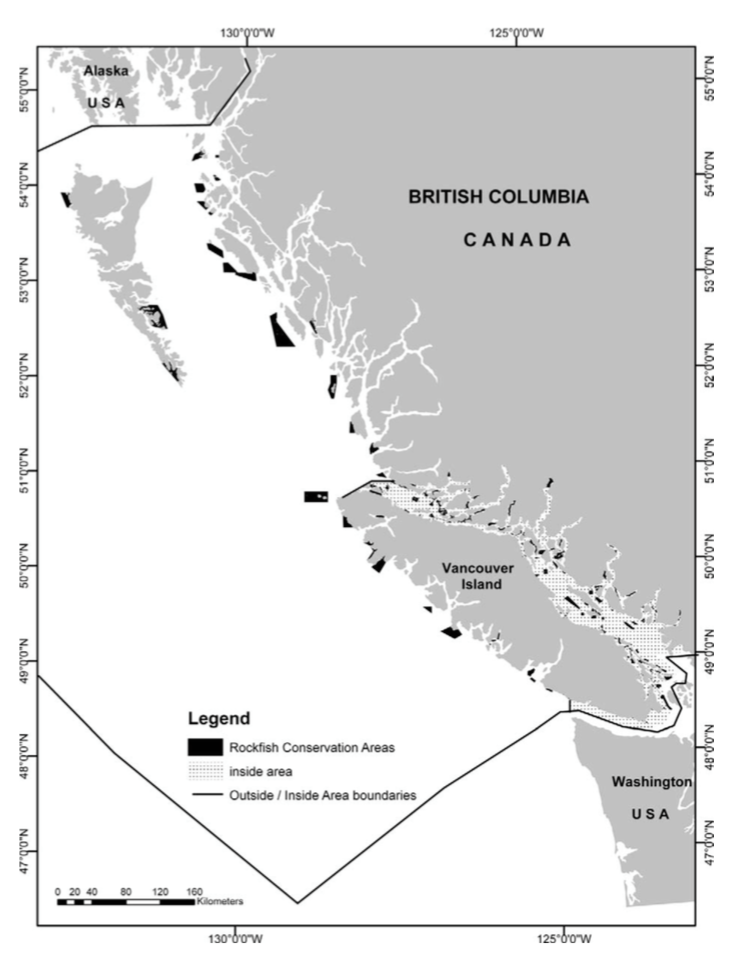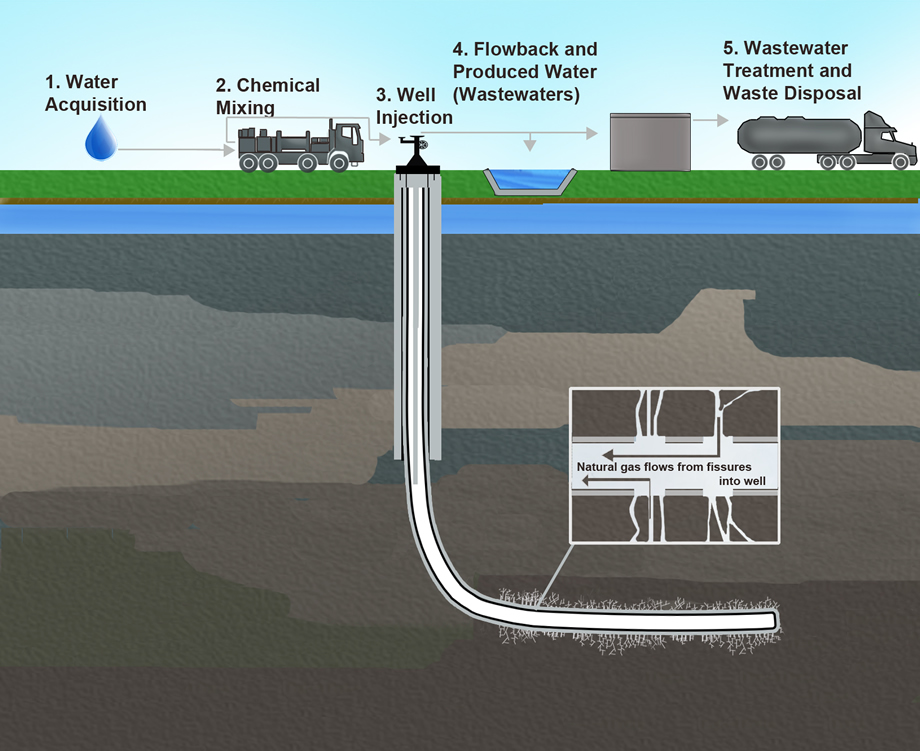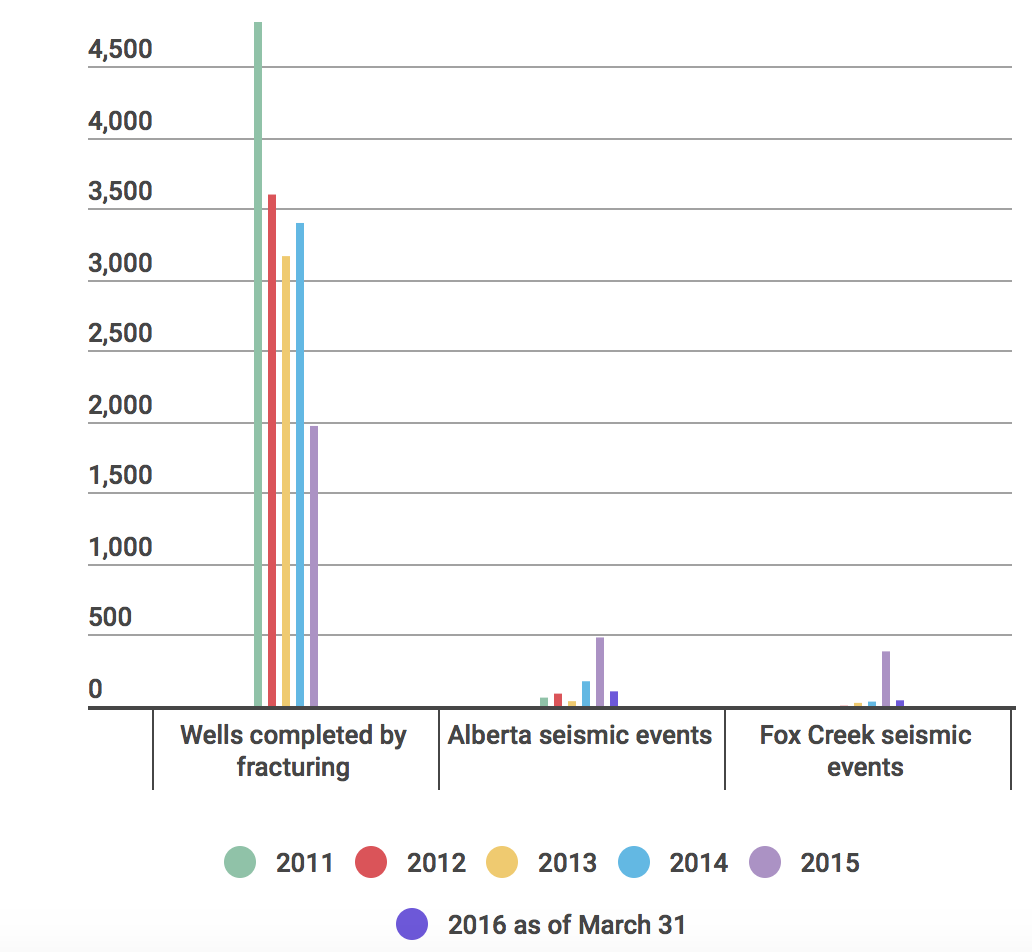Baking Cookies or Critical Thinking?
When you are making choices on your own, do you ever feel ill-equipped or unconfident in your decision making ability?
We have all felt this frustration at some point in our life, whether it is in university chemistry laboratories or in high school when you are writing a comparative essay. However, critical thinking extends beyond just our education. Even though we may not realize it, decision-making is constant in our lives, from small questions like, “How do you like your coffee?” to a big life question like,“Why are you a good fit for this job?” Critical thinking is the skill we use to answer these questions and make choices by applying our previous knowledge through comparisons and reflection.
This important life skill should be taught and developed, but sometimes it is inhibited because of the lack of confidence, time and skills needed to form an analysis. Doug Bonn, a UBC researcher looks into providing learning opportunities to develop student’s confidence in critical thinking. To teach critical thinking, Dr. Bonn uses the comparison model which is similar to the process of baking cookies as explained in our video below.
Video Credit: Yiwei Liu, https://youtu.be/nnFcwZt6tws
As you can see, the comparison model is used in everyday tasks, even in simple tasks where you must compare and go through repetitious cycles until you get the greatest product. Endorsing this higher level of learning leads us back to the importance of where critical thinking is developed and taught. Fascinated by this thought, we polled students on the UBC campus to see if they thought critical thinking was more established in high school or in university. We then compared their answers to lead researcher, Dr. Bonn’s; let’s listen in.
Podcast Credit: Stephanie Schaupmeyer
Turns out, universities have a lot to learn from high school according to Doug Bonn. Hopefully in the future, the comparison model will be incorporated in university education to prepare students for real world application and making big life decisions. Special thanks to Doug Bonn for giving us his time and insight on his research paper!
-Group 3: Jenna Carpenter-Boesch, Stephanie Schaupmeyer, Yiwei Lin







